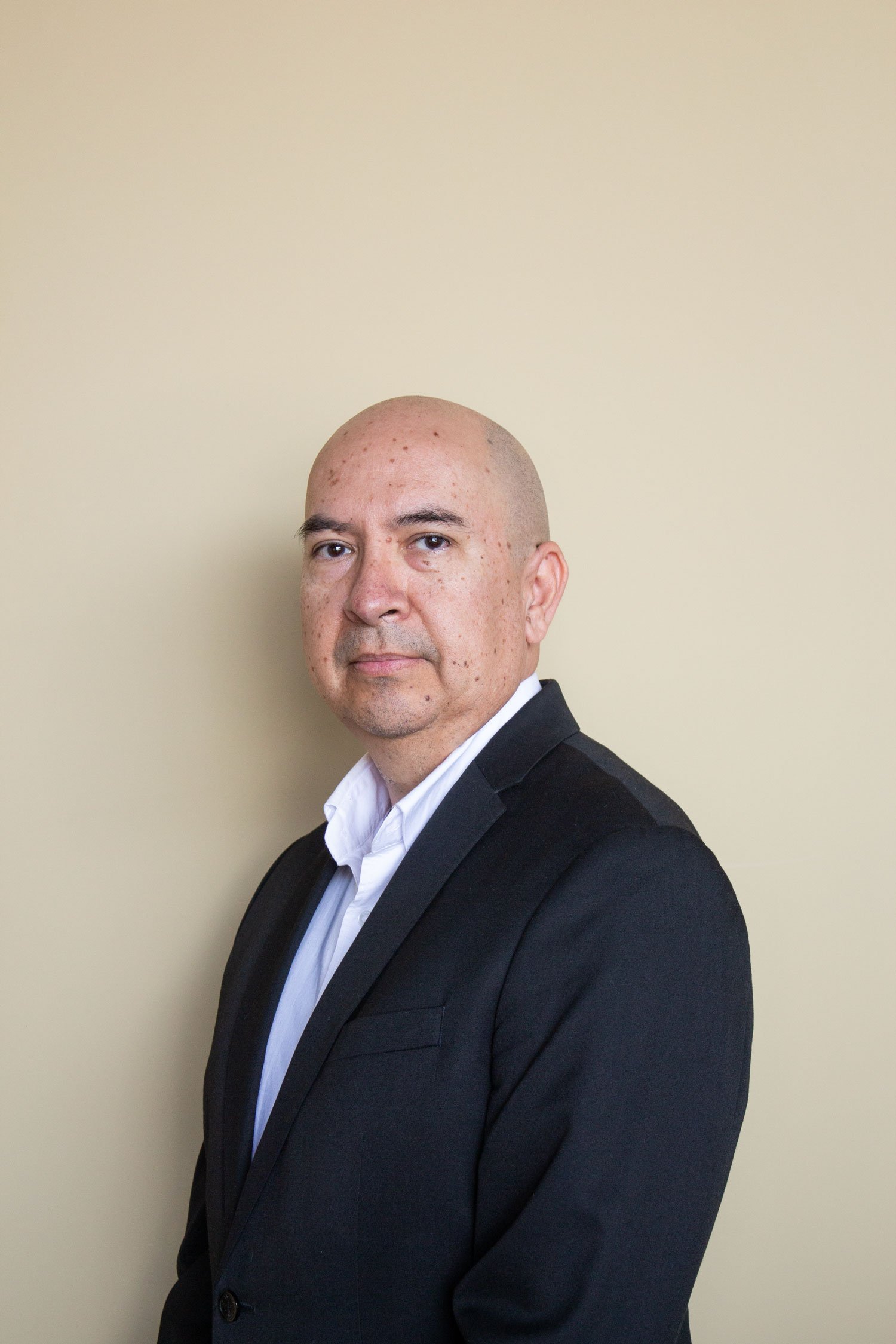Written by: Rod Aburto –
Hiring a Nearshore development team can be a game-changer for your business. Not only do you get access to highly skilled talent, but working within similar time zones also streamlines collaboration. However, there’s one key element that can make or break the success of your Nearshore partnership: cultural compatibility.
After more than a decade of experience in sourcing Nearshore talent for US companies, I’ve seen firsthand how aligning cultures between teams can lead to smoother communication, higher engagement, and better project outcomes. When it works, it’s seamless; when it doesn’t, it can cause unnecessary friction and slow down progress.
So, how do you ensure the team you hire isn’t just technically proficient, but also a great cultural fit? Here’s a checklist that I’ve developed through years of experience, traveling to client headquarters, working closely with development teams, and fine-tuning our process at Scio Consulting.
1. Understand Your Company Culture First
Before evaluating another team, you need to have a clear understanding of your own company’s values, communication style, and expectations. Ask yourself:
-
- What does effective communication look like in our company?
- How do we handle feedback and conflict?
- What’s our approach to collaboration and decision-making?
Having clarity on these points will help you identify the traits you’re looking for in a Nearshore team.
2. Assess Communication Style
Nearshore teams work in similar time zones, but communication style is equally important. When hiring, ensure that the team:
-
- Is comfortable with direct communication and doesn’t shy away from bringing up potential problems early.
- Adapts quickly to your preferred tools (e.g., Slack, Jira) and meeting cadence.
- Practices active listening, ensuring mutual understanding rather than just task completion.
At Scio, we always emphasize direct developer-client communication to prevent bottlenecks. This helps build trust and improves project efficiency.
3. Evaluate Collaboration and Teamwork
Great teams aren’t just about individual talent; they thrive on collaboration. Look for a team that:
-
- Is comfortable working in cross-functional teams and sharing knowledge freely.
- Values team bonding and demonstrates a willingness to integrate into your existing processes.
- Embraces agile methodologies or other flexible frameworks that align with your workflow
On one of our trips to a client’s headquarters, I saw firsthand how quickly our Nearshore team adapted to the client’s internal team, building rapport from day one. The result? A cohesive, collaborative environment where ideas flowed freely. After the pandemic traveling has not been as usual as before, so you got to get creative in finding ways to build rapport remotely.
4. Gauge Problem-Solving Approach
Technical skills matter, but a team’s approach to solving problems is equally critical. Culturally compatible teams:
-
- Are proactive in identifying potential challenges and communicating them clearly.
- Have a growth mindset, constantly looking for ways to improve their processes and learn from each challenge.
- Foster creative thinking and encourage every member to contribute to problem-solving.
A great example of this is when one of our developers spotted a potential roadblock early in a project. Instead of waiting for instructions, they discussed it within the team and initiated a solution, preventing a delay. That kind of proactive problem-solving is a hallmark of good cultural fit.
5. Check for Alignment on Long-Term Goals
Beyond the immediate project, ensure the team’s values align with your long-term vision. Culturally compatible teams:
-
- Understand your business objectives and are aligned with your mission.
- Have a genuine interest in the success of the project, not just completing tasks.
- Are committed to building a long-term relationship, ensuring continuity and loyalty.
After working with some of our clients for more than 10 years, I’ve learned the value of fostering long-term partnerships with clients. Teams that care about your goals aren’t just good for today—they’re good for tomorrow, too.
6. Evaluate How They Handle Feedback
A culturally aligned team is one that handles feedback well—both giving and receiving it. Look for a team that:
-
- Welcomes feedback as an opportunity to improve.
- Offers constructive feedback in a way that’s respectful and helpful.
- Adapts quickly based on feedback, demonstrating agility and a desire to grow.
During one project, our developers received critical feedback from a client. Instead of reacting defensively, they saw it as a chance to refine their approach, which ultimately strengthened the client relationship.
7. Test the Fit Early On
Finally, don’t wait until you’ve hired a team to see if they’re the right fit. Some ways to test cultural compatibility before committing include:
-
- Starting with a smaller project or trial period.
- Hosting a few team-building meetings where you observe how they interact with your internal team.
- Setting up a workshop or sprint planning session to see how they collaborate and handle tasks.
We’ve often kicked off new client relationships by starting with a pilot project. It gives both parties a chance to see if there’s a mutual fit without a long-term commitment right away.
Cultural Compatibility Importance: A Conclusion
Cultural compatibility is a key ingredient for success when working with Nearshore teams. By following this checklist, you’ll be better equipped to find a team that not only has the technical skills you need but also fits seamlessly into your company culture.
Remember, the right team doesn’t just meet your goals—they enhance your entire development process. If you’d like to learn more about finding culturally aligned Nearshore teams, let’s chat more in the comments or, if you’re ready to start the conversation with us, send us a message through our contact us page.
